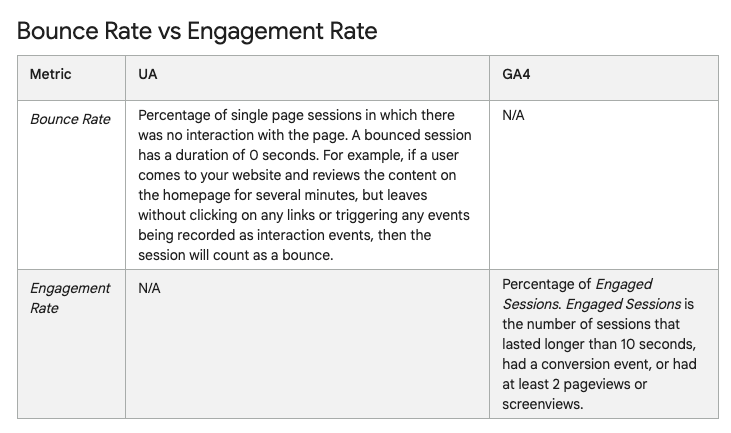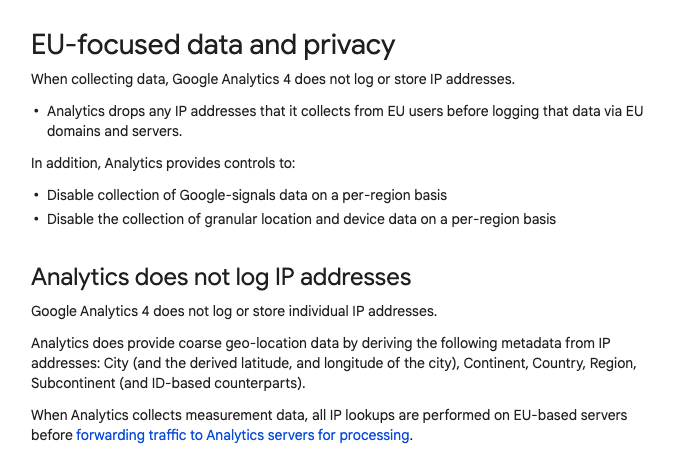If you work with Google Analytics daily, you have surely received a dozen emails announcing the arrival of Google Analytics 4 and encouraging you to “join the future of Analytics.” However, as happens with most marketers, you might not be sure about what this upgrade means for the data you're collecting now.
Also, you might be wondering whether to move to GA4 right away or wait for a more advanced version. In this article, we’ll discuss the various changes that GA4 brings, what this means for digital marketers, and how to switch to the new version smoothly.
Google Universal Analytics vs. Google Analytics 4
Many marketers are still reluctant to upgrade to the new version. The good news is that we don't have to choose between the two versions at the moment. We can adopt GA4 and keep UA while we learn to master the new interface.
“The biggest challenge today in analytics is collecting data in a consistent and coherent way in the long run.”
- Lucas Pradella, Web Analyst at Evolving Web
The main advantages of GA4 are:
- Better equipped to track user behaviour across devices
- The ability to track events like a scroll down
- Better data visualization
- Use of machine learning to gain detailed insights into user engagement. Let's take page views as an example, UA will give you a number, but GA4's predictive metrics provide a more comprehensive view of the user journey, allowing us to make more informed decisions.
You can check out all the differences from a metrics perspective here: Comparing metrics: Google Analytics 4 vs Universal Analytics
Why Are Some Marketers Reluctant to Move to GA4?
After 10 years of Universal Analytics, some experts find Google Analytics 4’s interface way too different from what they were used to. Others mention that filtering data is more difficult than the “views” available on UA. And those are just two examples of the many changes GA4 is bringing.
Like with any new tool, it’ll take us a while to get used to it. But if we had to pick one “good” major change, it’s the user-centric, multi-device approach. GA4 is set to provide marketers with more precise and useful data on user behavior. However, this also brings a few changes in terms of reporting: some “key” metrics disappear with GA4 to make way for others which are more relevant to how websites and web applications work today.

A Word on Data Privacy
Change is never easy, and in a world where users, governments and agencies worldwide are demanding more transparency about users’ data, more changes are to be expected in the tech and marketing industries. In 2021, the IOS 14 update had already drastically changed how advertisers reach their audiences and forced companies to rethink their digital strategies.

By developing this new version of Analytics, Google was in part looking for a way to address the growing concern over data privacy. In parallel, the tech giant has launched the Privacy sandbox project as an alternative to enable companies to collect relevant user data without intrusive cookie tracking.
In a world without third-party cookies, companies will need to find new ways (or even old ones, like market research) to understand their audience and keep offering user-centric digital experiences. The marketing industry will keep changing in the next few years and companies must come up with innovative strategies to stand out.
➡ Stay ahead of the game! Get in touch with our experts and let’s build a digital strategy together!
Should You Migrate to Google Analytics 4 Today?
The answer depends on the size of your site and its complexity. If your website has very few custom goals, then you should probably adopt GA4 right away. Take a look at the top 3 changes that the new version brings to give you an idea of what to expect.
Now, if your site is more complex, the answer to the question is not so simple. GA4 is still in full development, so if you upgrade to it today, you’ll have to set up many things manually, even though GA4 now offers a conversion migration tool. Either way, create a GA4 property and start collecting data on GA4 while continuing to use UA in parallel. By the time UA becomes obsolete, GA4 will hopefully be running at full capacity.
4 Tips for Marketing Teams
The old UA will sunset on July 1, 2023, but now is the time to move to the next generation of Google Analytics. Why? Understand the changes that will come with the new version and get ready. Here are our tips to make sure you transition smoothly to GA4:
- Export your historical reports before July 1, 2023.
- Create a separate data stream to get familiar with the new version while keeping access to UA.
- Schedule meetings to determine what will be the new metrics to track and update stakeholders on upcoming changes.
- Keep an eye on Google's Support page. It references new features and lists how-to guides to make the switch to Google Analytics 4.
If you’re looking for an expert to help you migrate to Google Analytics 4 or even design your new digital strategy, our team is here to help you!
